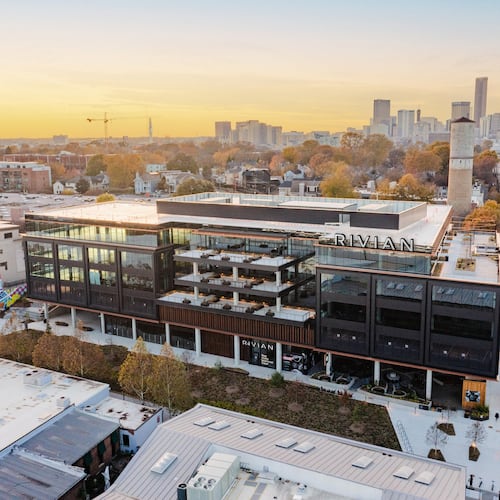If you live in a low-income area, you could be waiting 10 percent longer to receive emergency care for your cardiac arrest 911 call compared to residents of higher-income communities.
» RELATED: Long waits for ambulances erode public confidence in DeKalb
That's according to a massive new study recently published in the journal JAMA Network Open, for which UC-San Francisco researchers analyzed 911 calls for 63,600 cardiac arrest patients taken to the hospital using 2014 data from the National Emergency Medical Services Information System.
The system spans 2014 data on 46 of 50 state repositories. Massachusetts, Texas, Louisiana and Delaware were not included.
» RELATED: Georgia's system for choosing ambulance service under fire
To find out how ambulance 911 response times in high-income areas compare with low-income areas, researchers performed a retrospective cross-sectional study examining the association between ZIP code-based incomes and EMS response times specifically for cardiac arrests largely due to the condition’s high mortality rate and need for urgent care.
Researchers examined four time measures: “from ambulance dispatch to arrival at the patient’s location; from arrival to departure from the scene; from departure at the scene to arrival at the hospital; and total emergency medical services time.”
» RELATED: Fulton County ambulance service may change earlier than expected
“While EMS performance metrics are not nationally standardized, many systems have adopted benchmarks to arrive on scene in less than 4, 8 and 15 minutes, with the goal of delivering CPR to patients with cardiac arrest within 5 minutes of arrival and defibrillation within 9 minutes,” study authors wrote. Those high benchmarks, researchers found, were more likely to be met in high-income areas than in low-income communities.
According to the analysis, the average total response time for ZIP codes in the highest income areas was 37.5 minutes, whereas response times averaged 43 minutes in lower income areas.
» RELATED: Metro Atlanta Ambulance of Marietta awarded
Even when taking into consideration any outside variables, such as time of day, researchers concluded that the poorest areas in the country had 10 percent longer total emergency response times, on-scene times and transport times.
"That stacks the odds against survival for low-income patients," lead author Renee Hsia said in a university statement. "As a society, we might hope that public services, such as ambulances, would be equally accessible, but our results show that this is not the case, even for deadly conditions like cardiac arrest."
Even one minute of delay can increase the odds that a patient will die from the heart attack, Hsia said. “Our findings show that health care disparities exist at the system-level, including ambulance transport times. As hospital closures and the cost of health care continue to rise, we must examine how to ensure access to care for our most vulnerable.”
» RELATED: Heart attack sufferers more likely to survive if doctor is away, study says
In October, AJC reporter Yamil Berard examined reports of slow ambulance responses in Georgia's DeKalb County, where some cardiac victims experienced ambulance response times of more than 30 minutes.
Dangerously long response times exceeding an hour in south Fulton County also raised concerns last May.
“There is an expectation that if you dial 911, somebody will be there pretty dog-gone rapidly,’’ Kyle Thornton, president of the National Association of State EMS Officials, told The AJC. “There has to be a way to recognize that and respect that.”
About the Author
Keep Reading
The Latest
Featured


